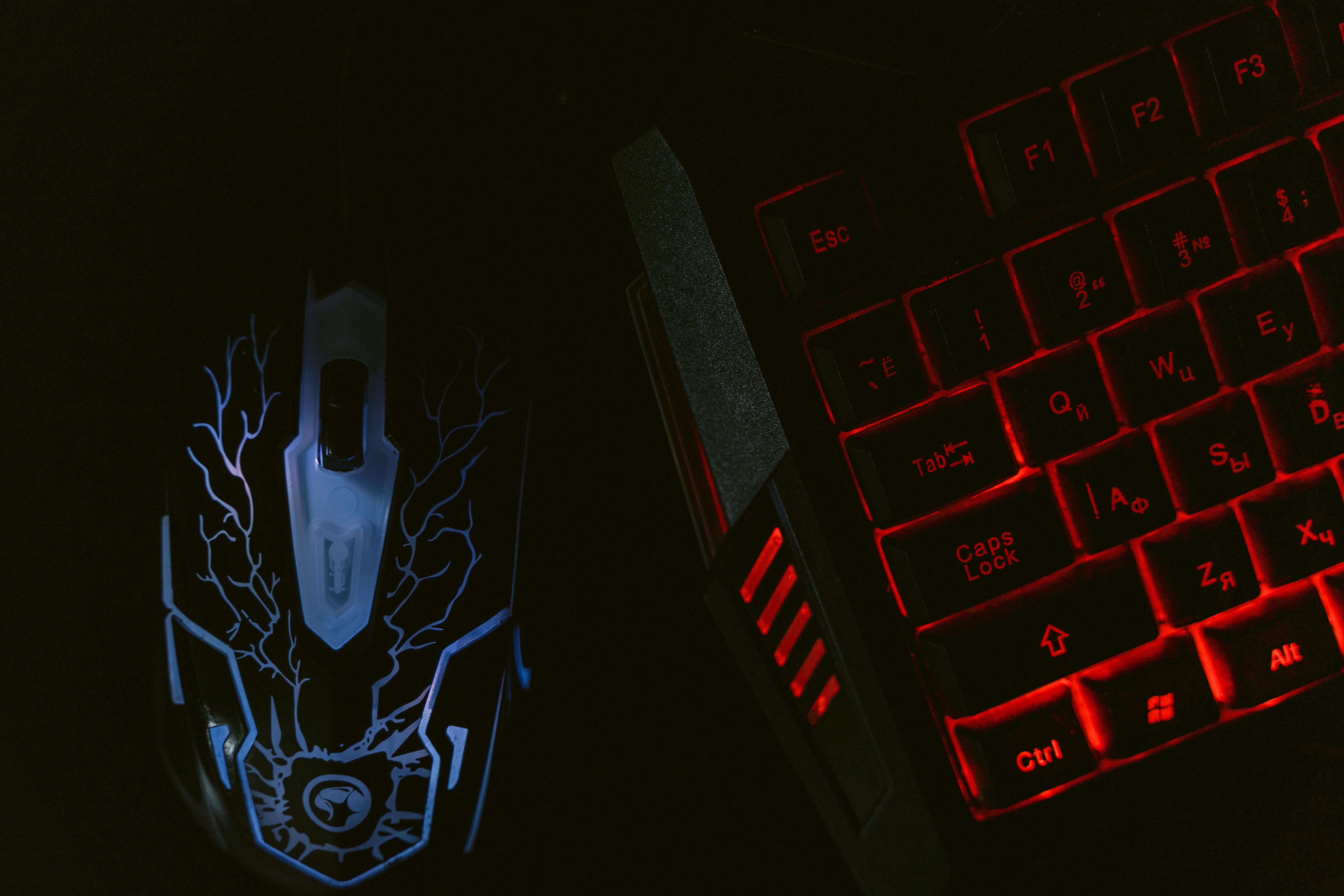Natural disasters come in many forms. From the incomprehensible carnage of last weekend’s tsunami in the Indian Ocean, to hurricanes and typhoons, tornadoes and droughts, our world deals with the horror of disaster as a normal part of our lives. Add in a little human influence through wars, terrorism, or the threat of weapons of mass destruction, and our need to face and overcome calamity almost becomes routine.
Watching CNN and news channels offers a near real-time view of disasters. While some may find this a bit macabre, it also shows our ability to respond quickly to major events, on a global scale. The same technologies that allow us to see the aftermath of a tsunami also allow us to quickly collect factual data on the extent of a disaster and use it for disaster planning and response.
Organizations like the Pacific Disaster Center and the Asia Pacific Area Network attempt to help regional nations build better disaster planning and response models through training and timely dissemination of critical information. Regional military organizations engage with each other in joint disaster planning (other than wartime-related disasters) to organize their resources in response to a regional disaster and can respond within hours to major issues.
While carnage of the magnitude of the Indian Ocean tsunami cannot be brought under control in a day or a few days, real-time information gathering and communications about the disaster will certainly reduce the level of misery experienced by victims to a level that could not have been avoided. possible even 40 years ago. As aircraft and people on site (using satellite phones or other powerful mobile communicators) collect information on areas of Sumatra, Thailand and other affected areas, the information is almost immediately recorded, evaluated, distributed and prioritized among a number of of emergencies. response centers operated by regional governments as well as international aid agencies.
From regional and international response centers, coordination also occurs among members of organizations such as the Multinational Team for Augmentation Planning. MPAT conducts frequent disaster response exercises between member countries to ensure that coordination lines and pre-planned responses are executed quickly. All MPAT member nations have access to central databases of planning information, available resources, and a “command center” that is mobilized when a regional disaster strikes.
Telecommunications and information technology are key components of our ability to respond to disasters. As real-time information is collected, it is immediately available to all participants in the relief effort. Other technology, particularly military technology, can easily serve a dual-use purpose in a disaster. The same troop transports designed to carry soldiers to war can transport refugees from a disaster. The same photo reconnaissance aircraft used to spy on enemies can provide a clear view of the extent of the damage. The same technology used to collect electronic intelligence can locate attempts to use mobile phones, radios and even audio signals from people stranded in remote areas. Infrared scanning used to identify enemy soldiers in a bunker or building can easily locate a family stranded in a jungle.
If you compare the current response to the Indian Ocean tsunami with the effects of tsunami damage after the eruption of the Krakatoa volcano in 1883, you can see that the extent of damage from that disaster was not even known for several decades.
In most cases, the disaster cannot be predicted. We are making progress in the prediction of earthquakes, hurricanes and eruptions; however, science is no closer to effective disaster prediction than it is to a complete understanding of the human genome. Through the effective use of communications, information technology, and dual-use military/civilian technology transfer, we are getting much closer to reducing the level of pain after an event.
2005 will be a great year to continue exploiting the potential of the Internet and related communications technology. Given the positive moves towards regional cooperation in activities like MPAT, we should be encouraged that our governments understand the need for and role of technology in planning for, as well as responding to, a regional disaster.



